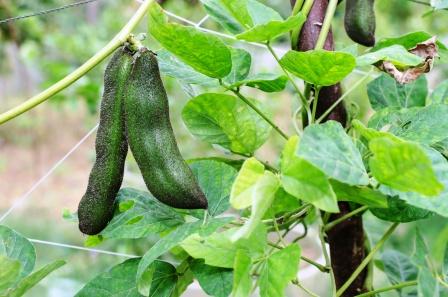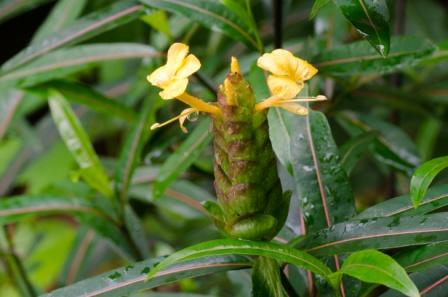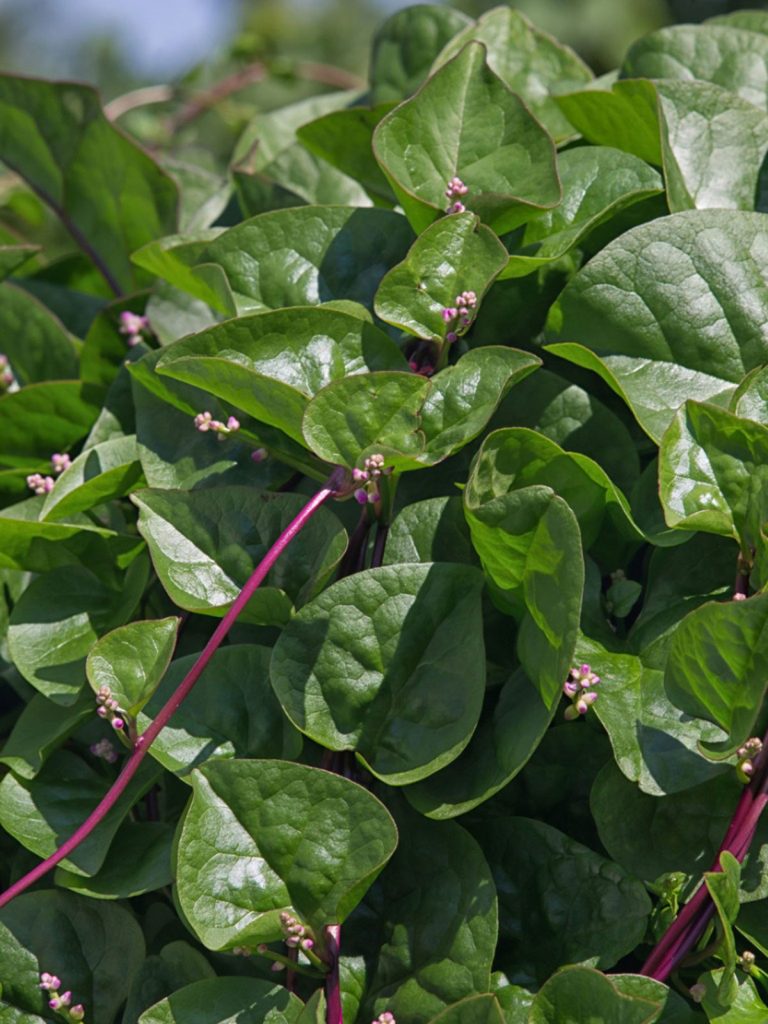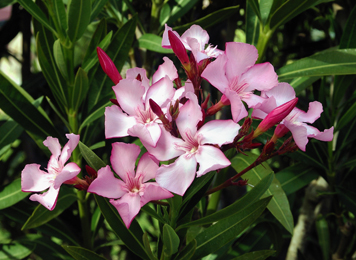
Table of Contents
Prithvi Mudra Benefits
If you are wondering what prithvi mudra Benefits is and how to perform it, then this article is for you. We will cover Prithvi Mudra benefits for your body, both mental and physical. The first benefit of this ancient yoga pose is the fact that it helps you to drink more water, which is a vital element for human health. This in turn, prevents diseases and conditions caused by dryness and a lack of water.
Introduction: What is Prithvi mudra ?
Prithvi Mudra benefits can be achieved if you practice it on a daily basis. , including improving the quality of hair and weight balance, spiritual health, and more. The practice balances the earth element, which is associated with growing tissue and preventing diseases. This mudra stimulates the muladhara chakra, located at the base of the spine. This chakra is responsible for feeling grounded, strong, and flexible. Practicing Prithvi Mudra encourages a more grounded state of mind, which is essential for those with Vata body types.
How to perform Prithvi mudra ?
Prithvi mudra is an essential part of yoga. It helps you concentrate and clear your mind. It is best performed with both hands. Make sure that you remove your glasses before doing this. Do not wear jewelry. Jewels are not suitable for mudra. Wear comfortable loose clothes and avoid wearing watches too. Dont forget to take off your earrings or rings while performing the mudra. This is considered therapy and requires deep concentration.
Prithvi mudra is best performed sitting in a comfortable position. Using a chair or padma asana is suitable. You should make sure that your spine is straight. Press the tips of your thumb and ring finger. Hold your wrist on your knees while holding this mudra. It will help you cure problems associated with menopause and reduce pain. It will also strengthen your bones and muscles.
Practicing Prithvi mudra is simple. You simply fold your ring finger into the base of your thumb. Your left thumb is held up, and your right thumb rests on top. While performing this mudra, your left thumb stays up. The interlocking fingers promote the circulation of blood in the body, as well as increasing body heat. The practice can be done anywhere, which makes it a flexible option for any time or place.
Mental Benefits by performing Prithvi mudra
Try to maintain the mudra for five to ten minutes. It is most effective when performed on an empty stomach. It is also a powerful relaxation technique which reduces the stress or anxiety that one have, It will help to promote good mood and also helps to improve your sleep quality.
The ether mudra is beneficial for yogis seeking a withdrawal from the material world. It is associated with the fifth chakra. Prithvi Mudra benefits with ailments of the ear, including impaired hearing, tinnitus, and even nausea and travel sickness. It can also be used to cure numbness and excess salivation. In short, it is an excellent method for anyone seeking peace and serenity.
Physical Benefits by performing Prithvi mudra
Performing Prithvi Mudra can be beneficial for your health. Practicing it twice or thrice a day can help you lose weight and improve the quality of your skin. The most effective time to perform this mudra is early morning, when your body is still void of thoughts. In addition, practicing this mudra reduces the effect of fire or Pitta. It is also known as Agni-Shamak Mudra.
The mudra also enhances the human body’s strength, which is related to the earth element. This element is responsible for regulating body temperature and controlling muscle growth. It also improves your concentration and memory. It can help cure accidents or paralysis. You can also improve your skin’s texture, making it tight and smooth. It is also beneficial for the digestive system. It can improve the functions of the pituitary gland.
Precautions while doing Prithvi mudra
The ring finger is associated with earth and is used in the Prithvi mudra to enhance earth energy within a person. The fingertip of the ring finger is linked to the tip of the thumb. This mudra balances earth and fire in the body. Practicing this mudra regularly can help heal many ailments related to the body. Among its many benefits, the Prithvi mudra is effective for weight loss, convalescence, and a number of health issues. It can also be used to cure nail problems and prevent the development of dental caries.
While performing Prithvi mudra, you should make sure that the palms of your hands are flat and cover most of the space of your fingers. Keep your arms relaxed to ensure proper flow of energy through the body. This mudra strengthens the earth element in the body, which improves the health of muscles, bones, and skin. If you have a weakened thyroid, this mudra is also beneficial in treating your symptoms.






